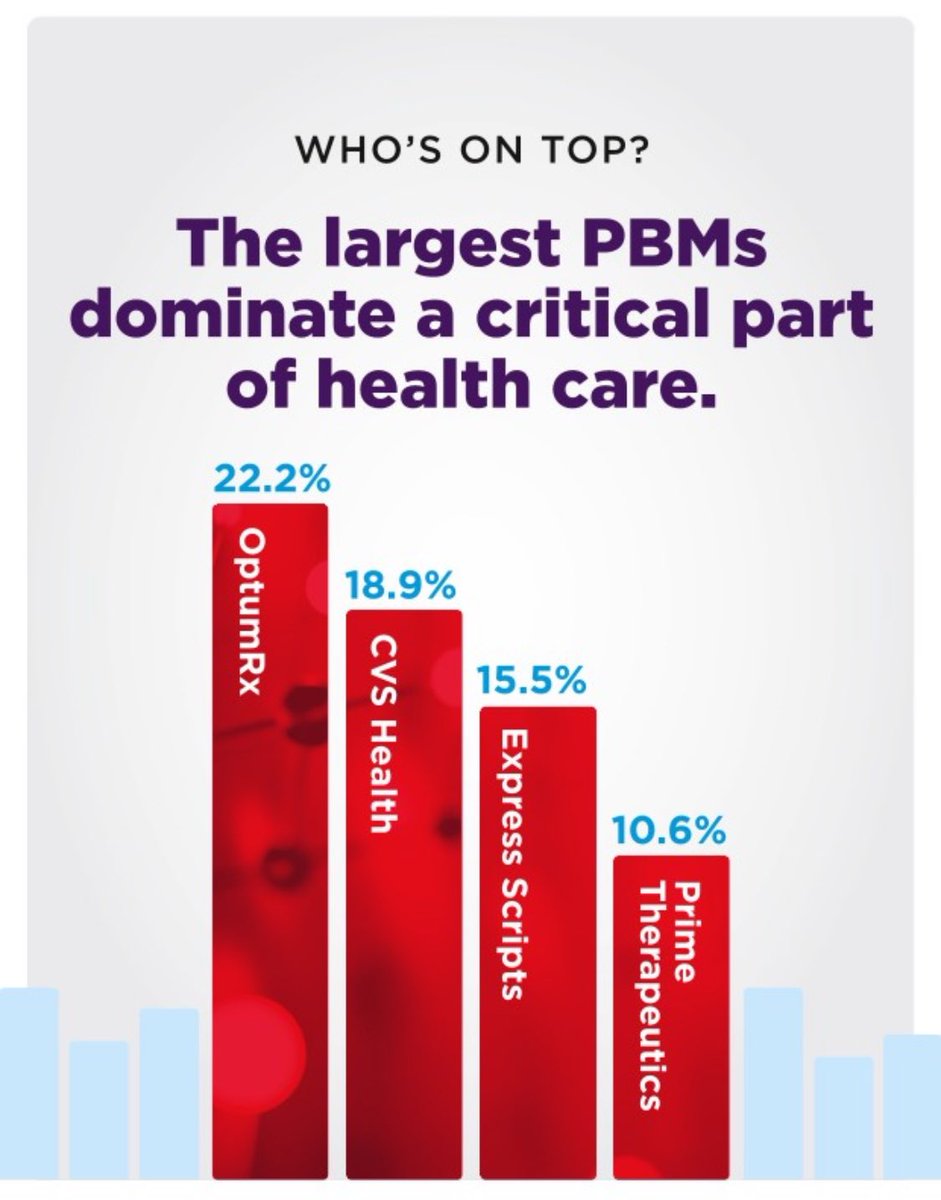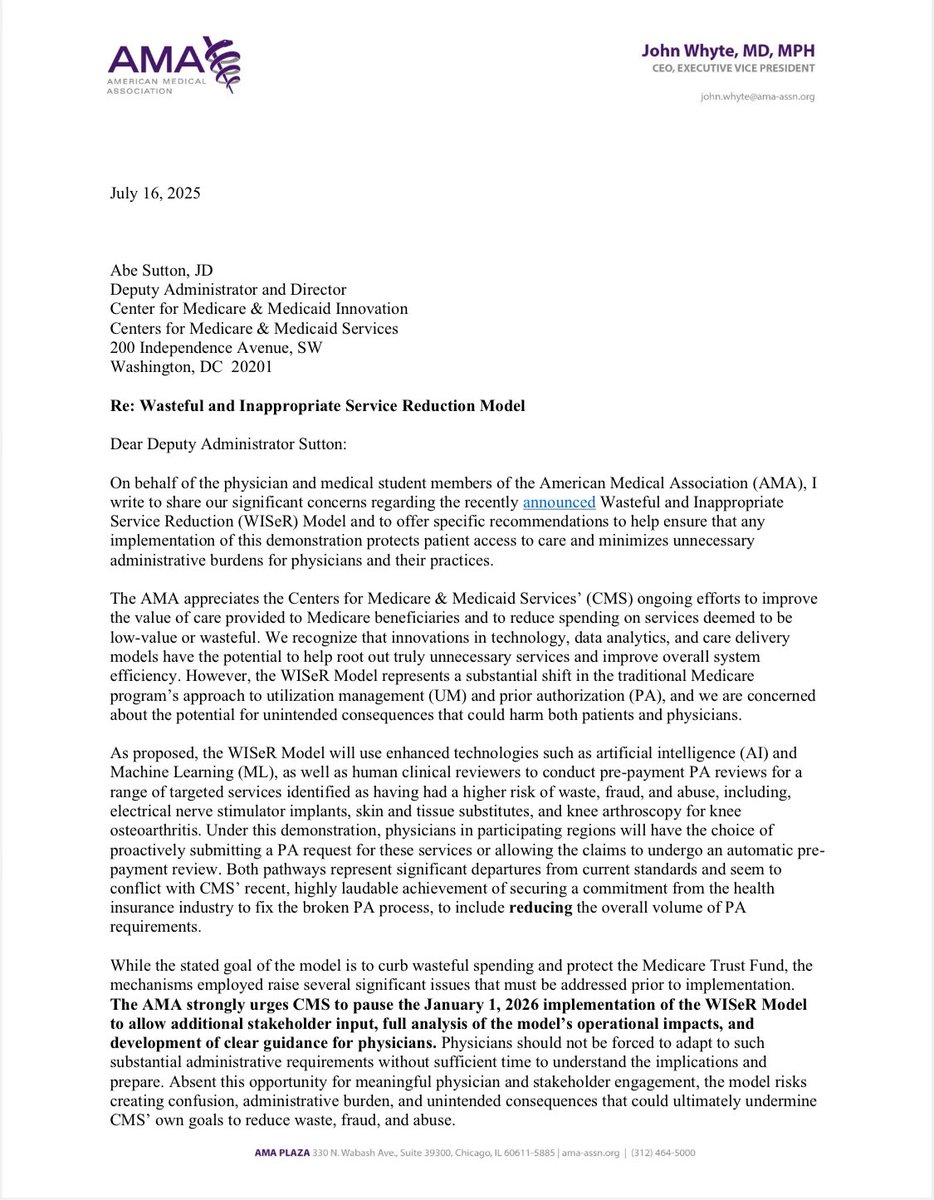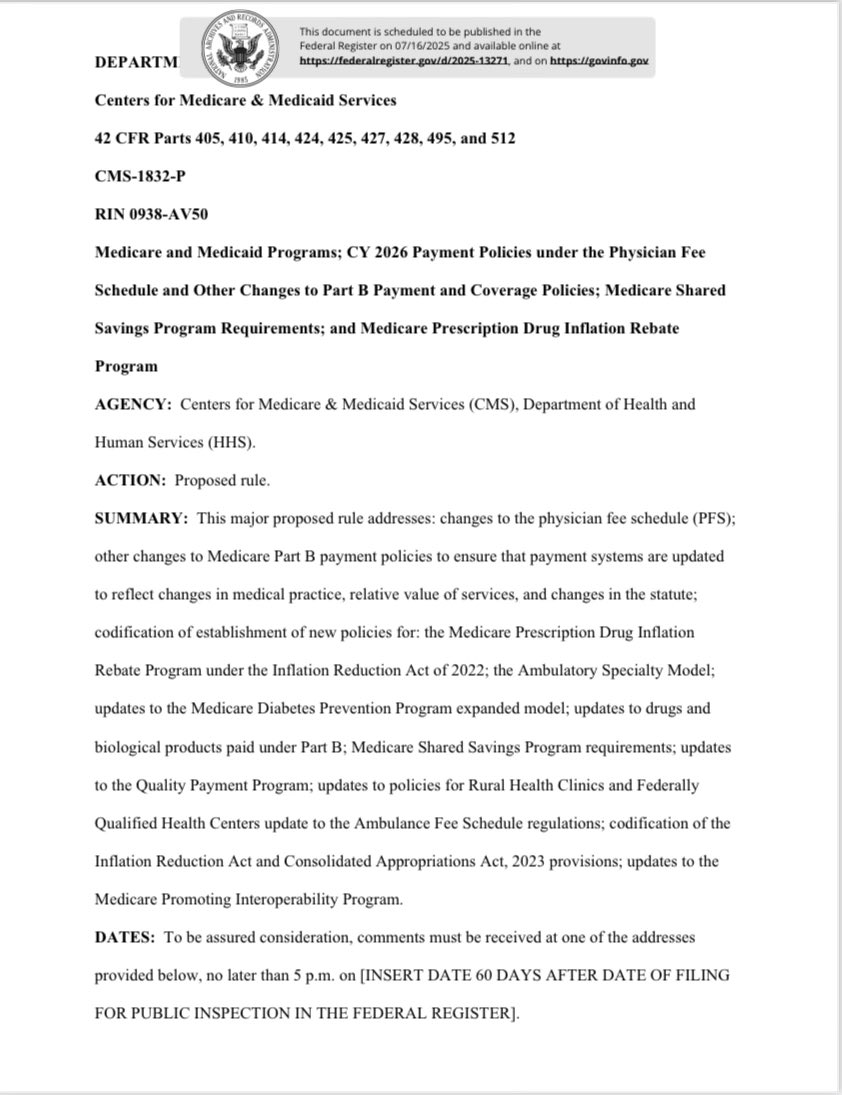🔥A must-read: @oncologyCOA report on #PBMs
Some takeaways:
“…PBMs make up an oligopoly of rich, vertically integrated conglomerates that routinely prey on health care practices, providers, and their patients.”
Some takeaways:
“…PBMs make up an oligopoly of rich, vertically integrated conglomerates that routinely prey on health care practices, providers, and their patients.”

2/ “PBMs have done this by overwhelmingly abusing their responsibility to protect Americans from this country’s drug pricing crisis, instead exploiting the opacity throughout the nation’s drug supply chain to enrich themselves.” 

3/ “[The report] explores how the recent levels of consolidation among PBMs and health insurers is adversely impacting #cancer care, fueling drug costs, all while allowing for massive profits for #PBMs and health insurance companies.” 

4/ “Examining the most pervasive and abusive #PBM tactics, each section highlights the adverse impact of PBMs on #patients, health care payers (including #Medicare, #Medicaid, employers, and taxpayers), and providers, while also detailing potential solutions.” 

5/ “[Solutions] include legislative efforts at both the state and federal levels…regulators (both state and federal) have tremendous tools available to them, that up until this point, have not been widely utilized.” 

6/ To read the @oncologyCOA report, “Pharmacy Benefit Manager Exposé: How PBMs Adversely Impact Cancer Care While Profiting at the Expense of Patients, Providers, Employers, and Taxpayers.” please see:
communityoncology.org/wp-content/upl…
communityoncology.org/wp-content/upl…
• • •
Missing some Tweet in this thread? You can try to
force a refresh














